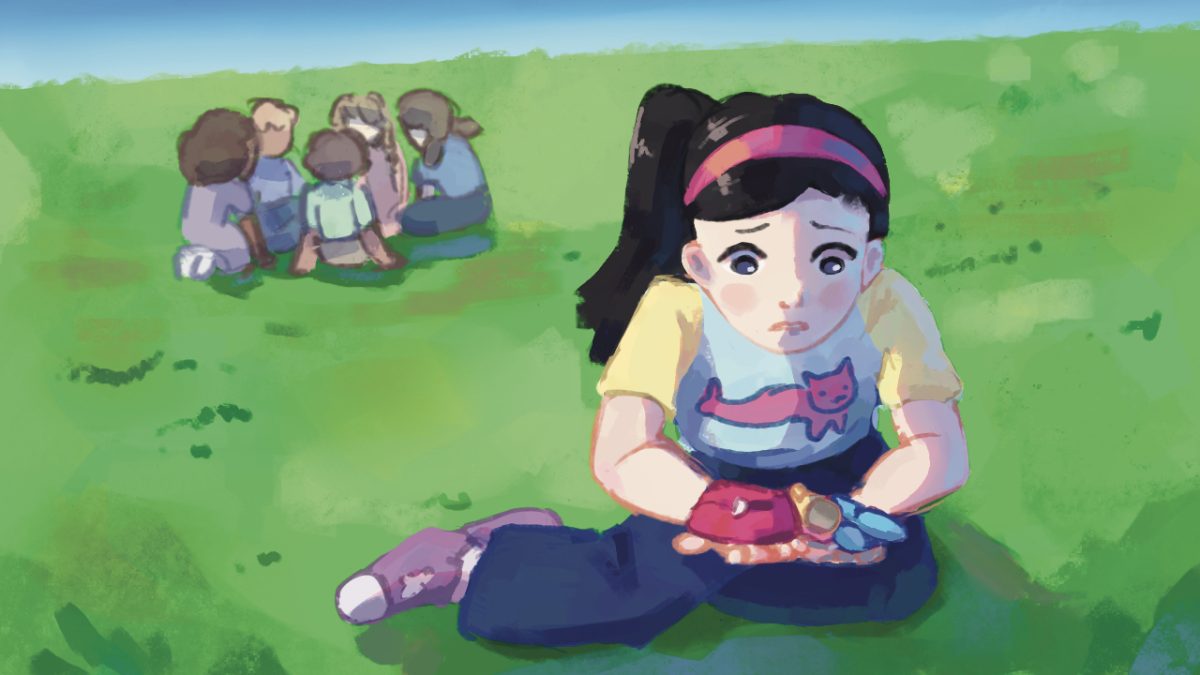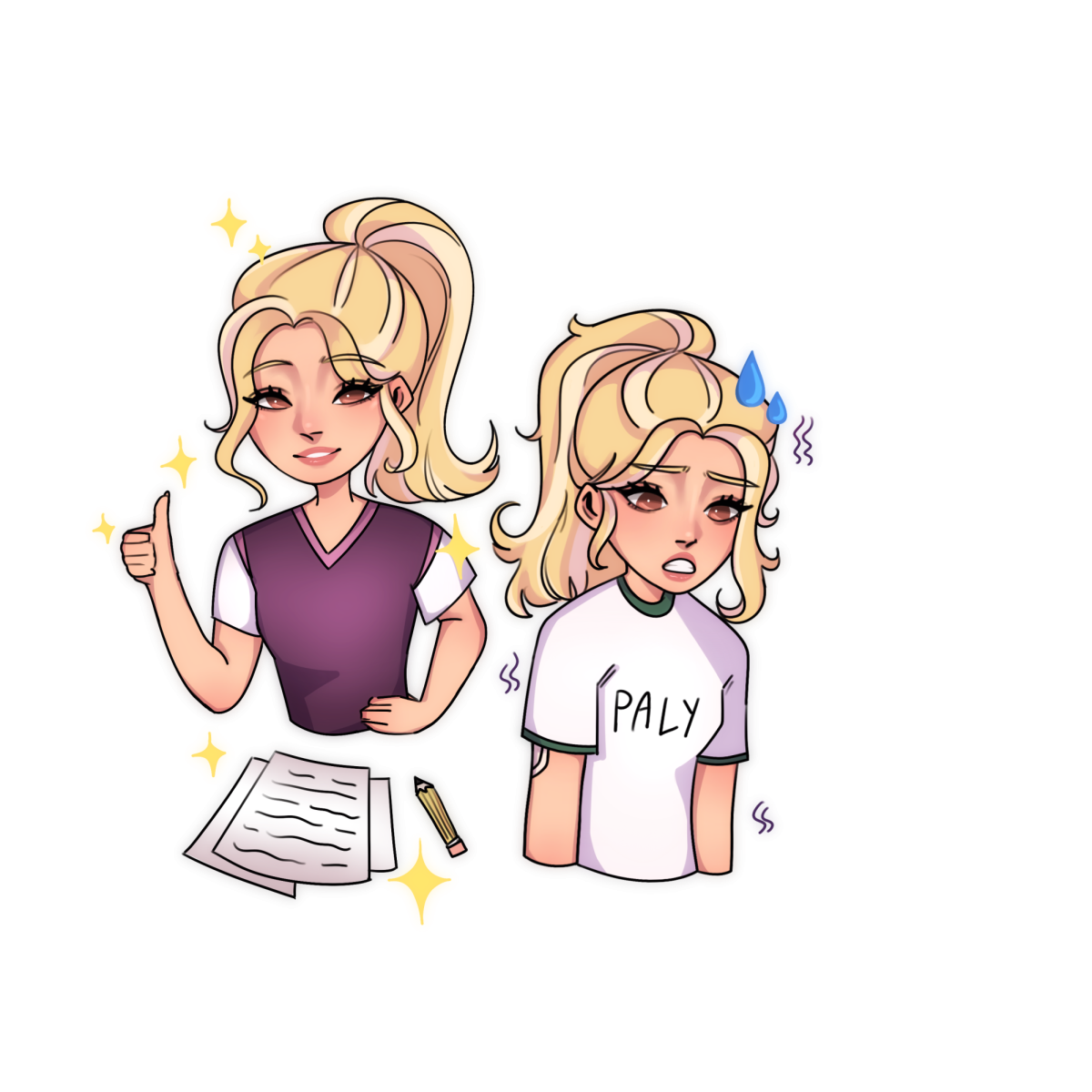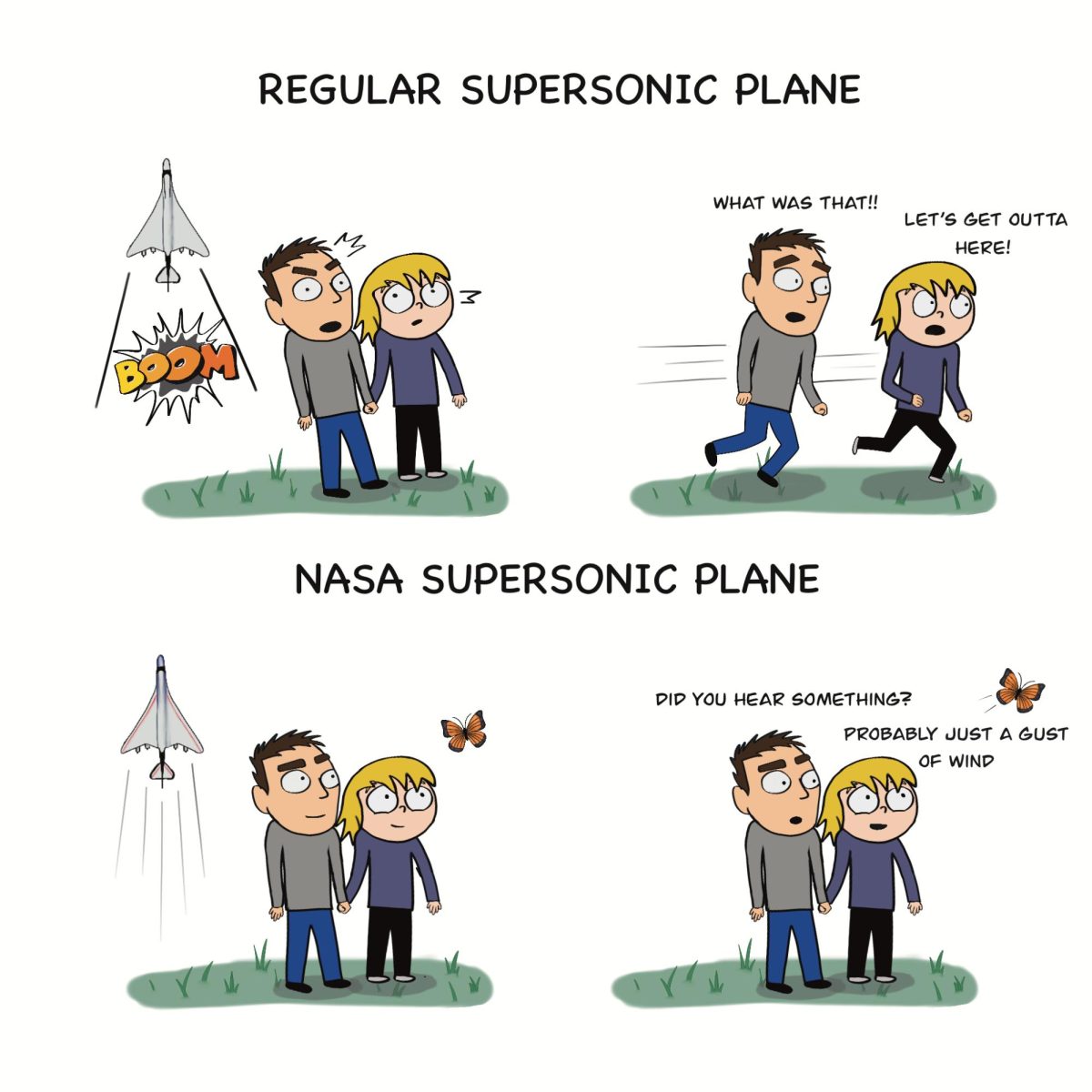It’s the 20th century. Students take notes with paper and pencil as the teacher lectures, writing down key points on the chalkboard. Student freedom is limited, and the teacher and textbook are essentially the only two sources of knowledge.
Fast forward a few decades, and a technological revolution has changed American culture. Teachers now use a variety of teaching methods, from lecturing to class discussion to showing videos.
Learning habits changed too; students now take notes on computers and use Google products and applications to find information and work more efficiently.
Education has since blended learning with technology, and much of this change can be attributed to companies like technology giant Apple, which creates a majority of the devices students learn on, such as iMacs, iPads and iPhones. It seems as if these wholesale changes are viewed as almost all beneficial; however, two of the major stockholders in Apple — the California Teachers Pension Plan and the California Teachers Union — are asking Apple to consider the subversive effects of their products in classrooms.
In a letter to Apple, the union challenged the tech giant to insert protections against bullying, distractions in class and other distractions and problems they found within Apple products used in classrooms. Apple has not publicly commented on the matter.
A loyal customer of Apple products as well as a school heavily involved in the education market, Palo Alto High School is having a similar debate as to whether having technology in class is useful.
In classes like Advanced Placement Environmental Science (APES), teachers want to make the class paperless and have been using electronic drives in place of binders and documents instead of lined paper.
For students like junior Kenzo Morabia, this implementation has been useful; Morabia said the problems do not lie within the computers, but rather the students.
“[The technology] gives students variety of options and allows students to further enhance their education,” Morabia said. “It provides students with more information and is much more convenient than other research tools such as a textbook. They can potentially become distracting, especially when students abuse it and use technology for other purposes than the class.”
In contrast to classes like APES, English teacher and Instructional Leader Shirley Tokheim has implemented a no- device policy in her classroom, unless students have free time in class to write. She says she has seen concrete results in her classroom that have better allowed students to learn effectively. But this discussion may be a conversation that is happening too late.
Twitter user Xavier Maxwell Malina compared the necessities of Apple’s technology to “trying to de-introduce coffee at this point.”
Computers and devices have become a staple in the lives of both students and teachers, and by taking them away, schools risk losing many of the advantageous tools that computers bring to the table.








